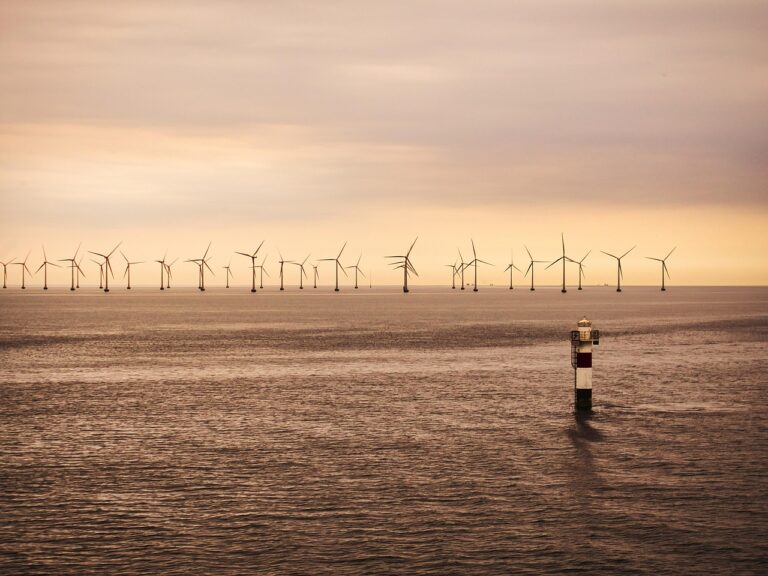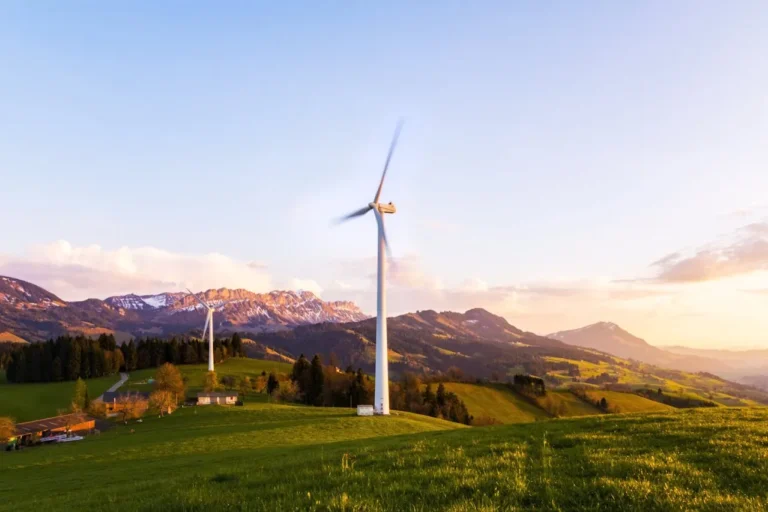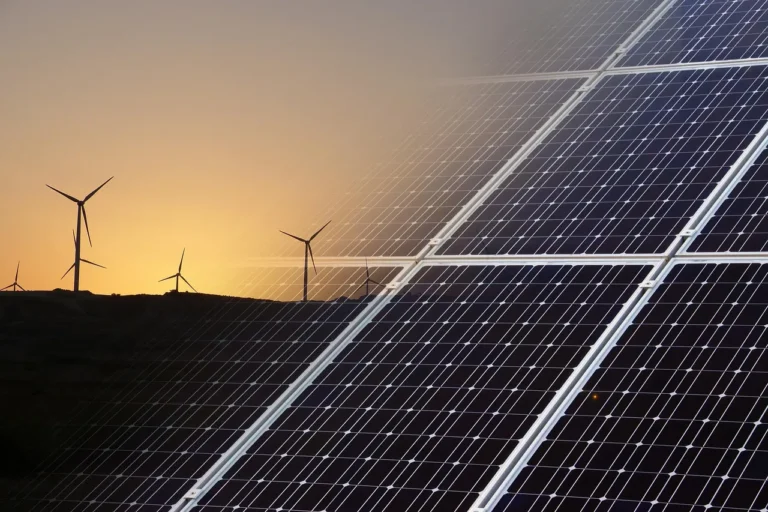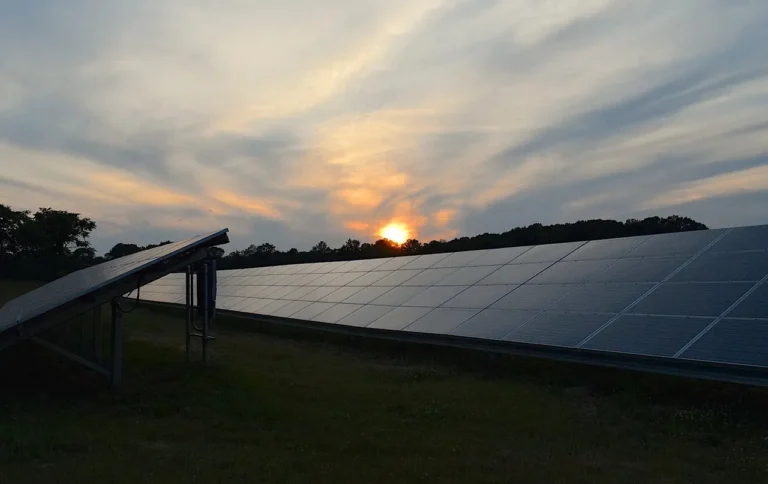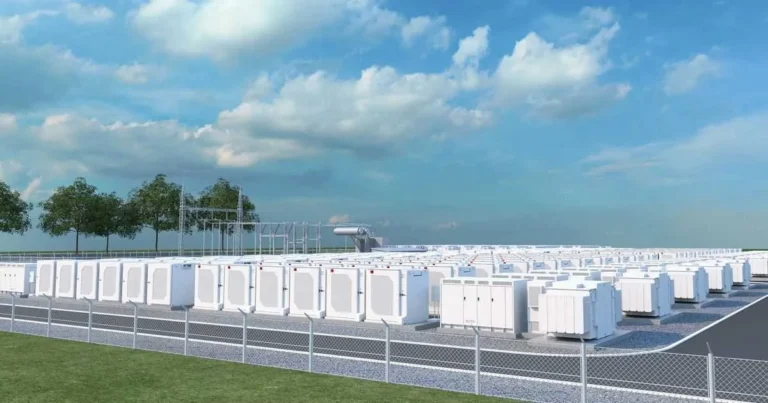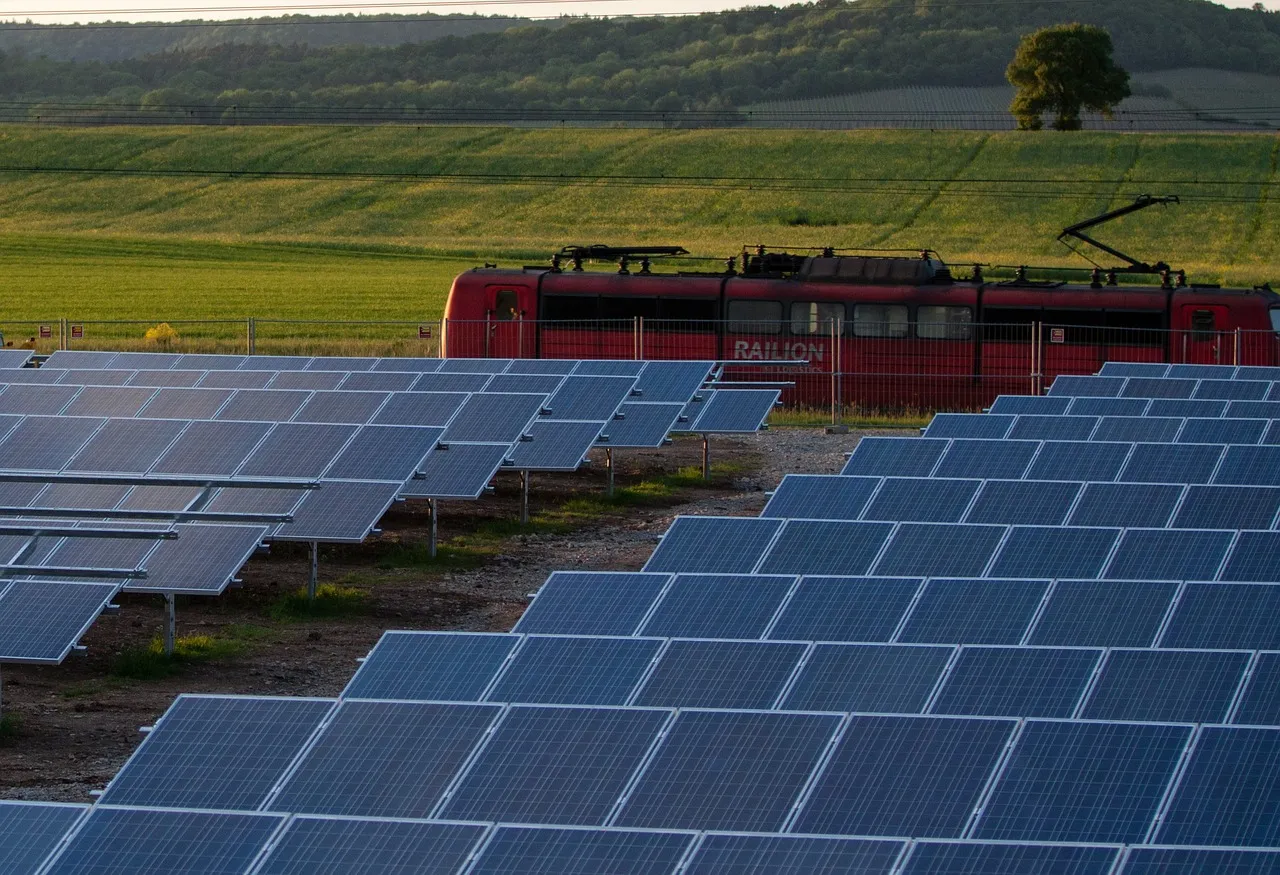
Duke Energy Florida Plans Four New Solar Sites, Adding 300MW to Grid
Duke Energy Florida has taken another significant step toward advancing renewable energy in the state by submitting its 2025 Solar Base Rate Adjustment (SoBRA) filing to the Florida Public Service Commission (FPSC). This submission outlines the company’s ambitious plans to develop four new solar energy sites as part of its continued commitment to delivering reliable, affordable, and increasingly clean energy to its customers across the Sunshine State.
This filing aligns with Duke Energy Florida’s settlement agreement, which received approval from the FPSC in August 2024. Under this agreement, the company is allocating more than $521 million to establish four new solar facilities: the Sundance Renewable Energy Center in Madison County, the Half Moon Renewable Energy Center in Sumter County, the Rattler Renewable Energy Center in Hernando County, and the Bailey Mill Renewable Energy Center in Jefferson County. These projects are expected to generate long-term savings of approximately $843 million for customers over their operational lifetimes, reinforcing the financial and environmental benefits of solar energy investments.
Timeline and Construction Details
Progress on these new facilities is already underway, with construction having commenced at three of the four sites. The Sundance, Half Moon, and Rattler Renewable Energy Centers have all broken ground, and they are slated to be operational by January 2026. The fourth site, Bailey Mill Renewable Energy Center, remains in the permitting stage. Duke Energy Florida aims to begin construction on this facility in the summer of 2025, with a projected launch date set for the summer of 2026.
During the construction phase, each solar site is expected to create approximately 150 temporary jobs, bolstering local economies and contributing to workforce development in the renewable energy sector. Upon completion, the sites will collectively add nearly 300 megawatts of solar power to Florida’s electric grid. This clean, carbon-free energy will play a pivotal role in supporting the state’s growing energy needs while reducing dependence on fossil fuels.
Environmental and Energy Impact
Each of the four solar sites is designed to produce 74.9 megawatts of energy at peak capacity. Combined, these facilities will generate enough electricity to power approximately 92,000 homes annually. In addition to expanding access to renewable energy, these projects will help displace significant amounts of traditional fuel sources. Duke Energy Florida estimates that the operation of these solar sites will eliminate the need for 1.2 million cubic feet of natural gas, 15,000 barrels of fuel oil, and 12,000 tons of coal each year.
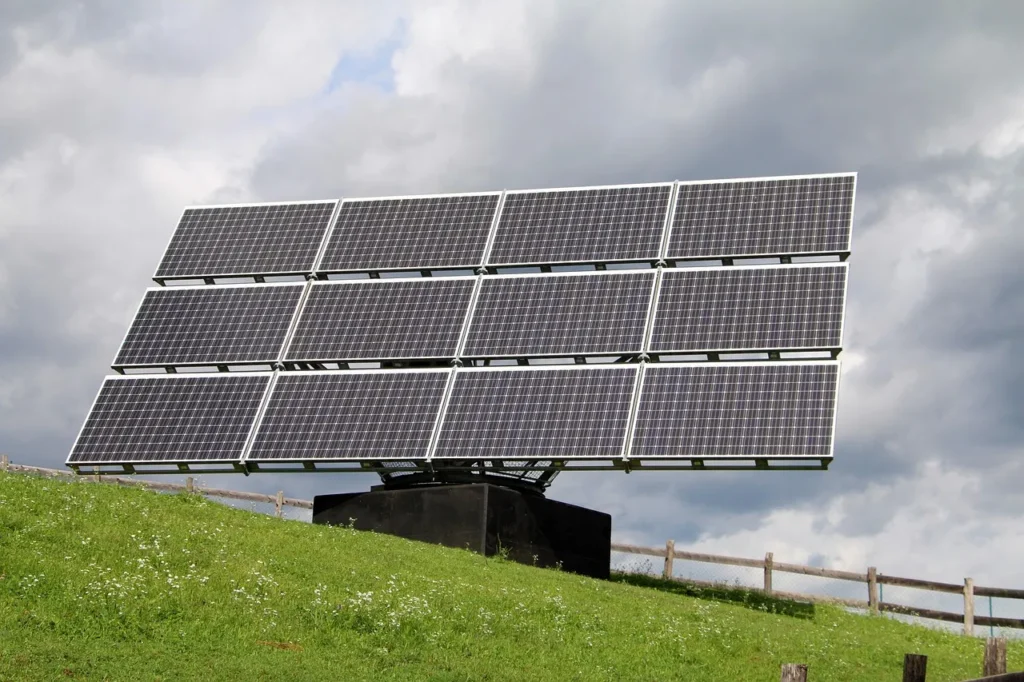
The reduction in fossil fuel consumption translates to substantial environmental benefits, including lower greenhouse gas emissions and improved air quality. By transitioning to more renewable energy sources, Duke Energy Florida is taking a proactive stance in addressing climate change while ensuring that its customers have access to a sustainable and resilient energy infrastructure.
Leadership Perspective
Duke Energy Florida’s leadership remains committed to advancing solar energy as a key component of the state’s energy portfolio. Melissa Seixas, state president of Duke Energy Florida, emphasized the importance of these investments, stating:
“At Duke Energy Florida, we work every day to modernize and strengthen our generation fleet. Solar energy is an innovative, cost-effective, and clean solution we continue to implement on behalf of our customers all across the Sunshine State.”
This strategic approach aligns with Duke Energy’s broader sustainability goals and reflects a strong commitment to integrating renewable energy solutions into the state’s energy landscape.
Duke Energy Florida’s Expanding Solar Portfolio
Duke Energy Florida already owns and operates more than 25 solar energy sites across the state, contributing approximately 1,500 megawatts of solar power to the electric grid. Looking ahead, the company has outlined plans to build 12 additional solar sites between 2025 and 2027. These developments, including the four new sites announced in the SoBRA filing, will add a total of 900 megawatts of solar capacity.
Long-term projections indicate that by the end of 2033, Duke Energy Florida expects to have more than 6,100 megawatts of utility-scale solar power online. This significant expansion underscores the company’s commitment to renewable energy and its role in shaping Florida’s energy future.
Duke Energy Florida: Company Overview
Duke Energy Florida operates as a subsidiary of Duke Energy and plays a critical role in providing electricity to millions of customers. The company currently owns 12,300 megawatts of energy capacity and supplies power to approximately 2 million residential, commercial, and industrial customers across a vast 13,000-square-mile service area in Florida. Its investments in renewable energy, energy storage, and grid modernization ensure the continued delivery of reliable and sustainable electricity to its customer base.
Duke Energy: A Leading Energy Provider
Duke Energy is one of the largest energy holding companies in the United States and is ranked among the Fortune 150 companies. Headquartered in Charlotte, North Carolina, Duke Energy’s electric utilities serve a broad customer base of 8.4 million across six states: North Carolina, South Carolina, Florida, Indiana, Ohio, and Kentucky. Collectively, the company owns 54,800 megawatts of energy capacity, demonstrating its expansive reach and influence in the energy sector.
Beyond its electric utilities, Duke Energy also operates natural gas utilities that serve 1.7 million customers in North Carolina, South Carolina, Tennessee, Ohio, and Kentucky. This diversified energy portfolio allows the company to balance traditional and renewable energy sources while maintaining service reliability and cost-effectiveness.
Commitment to a Smarter Energy Future
Duke Energy is actively executing an energy transition plan focused on increasing sustainability, reliability, and affordability for its customers. This strategy includes major investments in electric grid enhancements, cleaner power generation, and energy storage solutions.
The company’s renewable energy initiatives extend beyond solar to include wind power, battery storage, and hydroelectric energy projects. By prioritizing the integration of renewables, Duke Energy is positioning itself as a leader in the clean energy movement while meeting regulatory requirements and customer demand for greener energy solutions.






